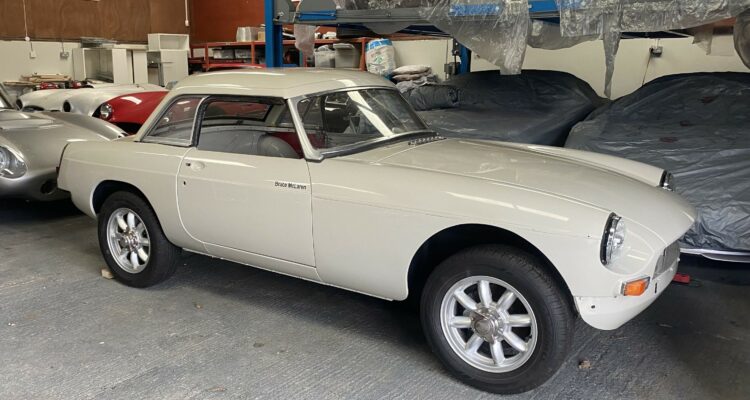Five Classics that just up and vanished…
Every car has the right to become a classic. It’s not about the badge, or about the provenance, it’s about one person’s appreciation for any one vehicle.
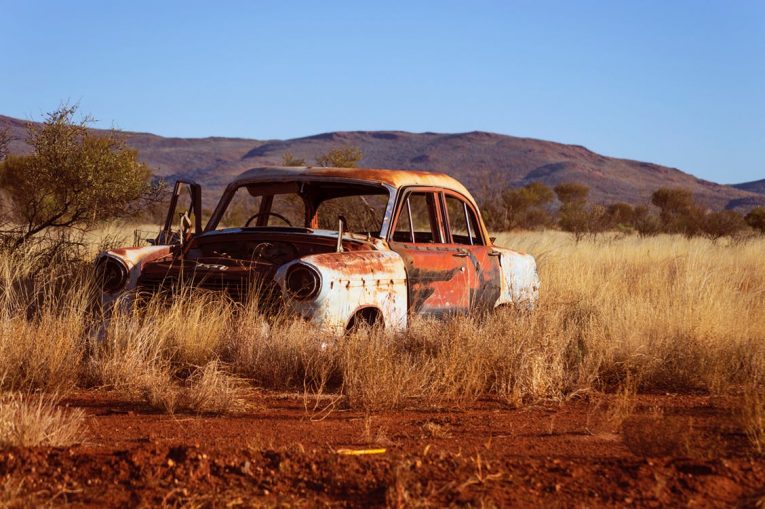
The only problem with this is that for some cars, it can take a long time for an appreciative owner to come along. In the time these cars spend waiting, they are just that. Cars. And cars get old, they get battered and eventually they have a date with the scrap man. That’s why some cars seem to just, well, vanish.
We don’t want to dwell on the sad ‘waiting’ years of these cars though. Instead, we want to shout about those once common machines that are now a rarity on our roads. The cars you look at and genuinely find yourself pondering when the last time you saw one was. Fundamentally though, these cars should be bought without hesitation should you see them for sale, so thin on the ground are they. So, join us, won’t you, as we look at five cars that seem to have disappeared.
1) The Isuzu Piazza
Isuzu isn’t perhaps the first name you think of when it comes to cars, other than farmer’s favourite, the Trooper, of course. But Isuzu did indeed make cars, and it was quite good at it. The 1980 Isuzu Piazza was a perfect example of that. It was styled by Girogetto Giugiaro, it had pop-up lights and it was an absolute riot to drive.
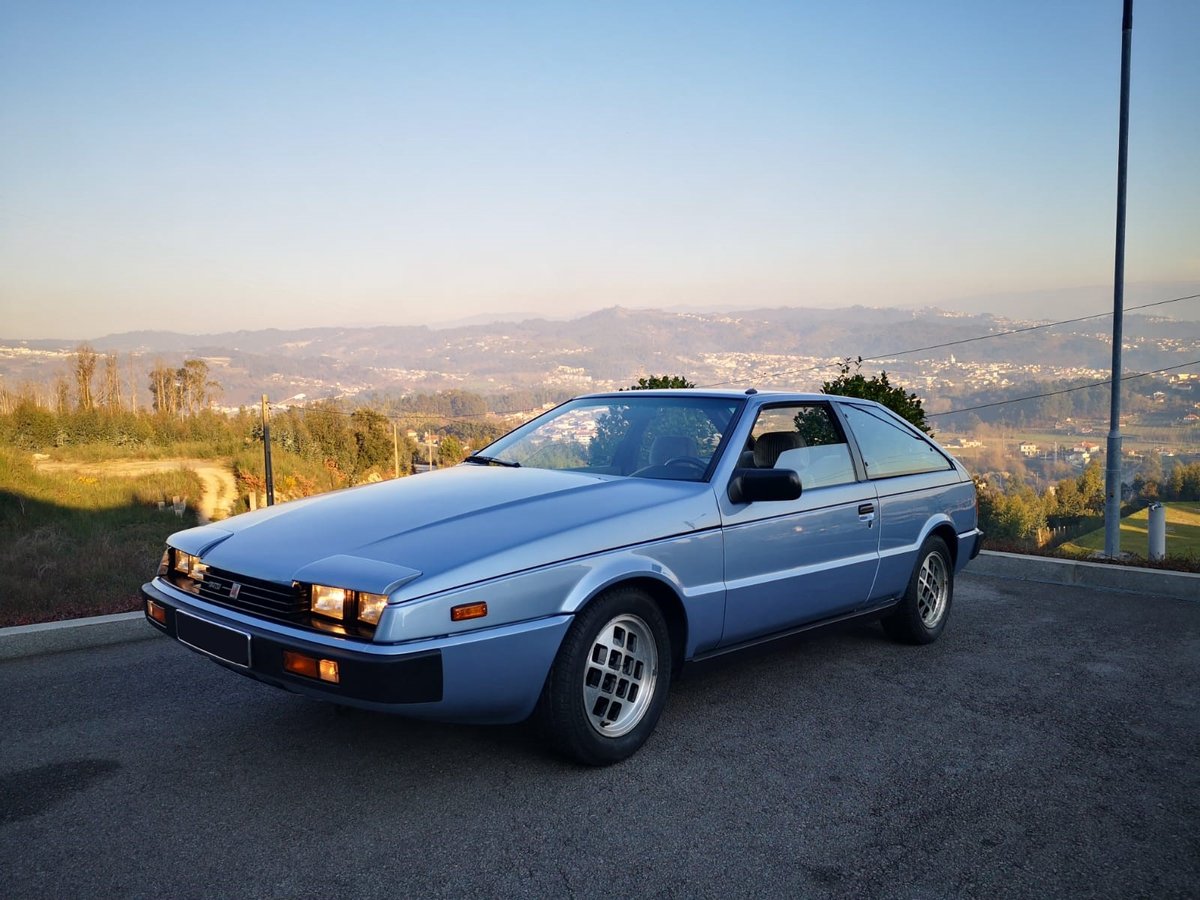
Arguably, the best model to have was the 147bhp Turbo, ideally with the Lotus handling package. Oh yes, lotus was tasked with sorting out the suspension on this two-door turbo machine, and as you’d expect, it did a grand job. The Piazza needed Lotus to sort the suspension and the brakes, and the tyres. Non-Lotus cars were criticised for their poor and wayward handling.
The Piazza never really got the start it deserved here in the UK. Yes, we only got the Turbo, which was good. But we didn’t get it until 1985, some five years after the car’s launch. Then, when we did get it, the first importer of Isuzu cars went bust, mainly because nobody bought the Piazza due to it being so expensive. A second importer bought up the stock, but by 1989 they moved their focus to the Trooper and sold the remaining Piazzas off at a heavily reduced rate. Poor dealer support, a confused market and strong competition meant the Piazza’s days were numbered, at least in the UK, before they even started.
2) The Renault 25
Big, French cars never do well in the UK. For some reason we just don’t take to them, and that’s really strange when you consider how wonderfully comfortable they are. Yet despite their comfort, we almost always sway to favour the German offerings. And that’s a shame, because cars like the Renault 25 – a top of the pile, flagship car for Renault – are utterly wonderful to own and drive. Yes, the build quality wasn’t too hot, but for the sheer comfort you could overlook it.
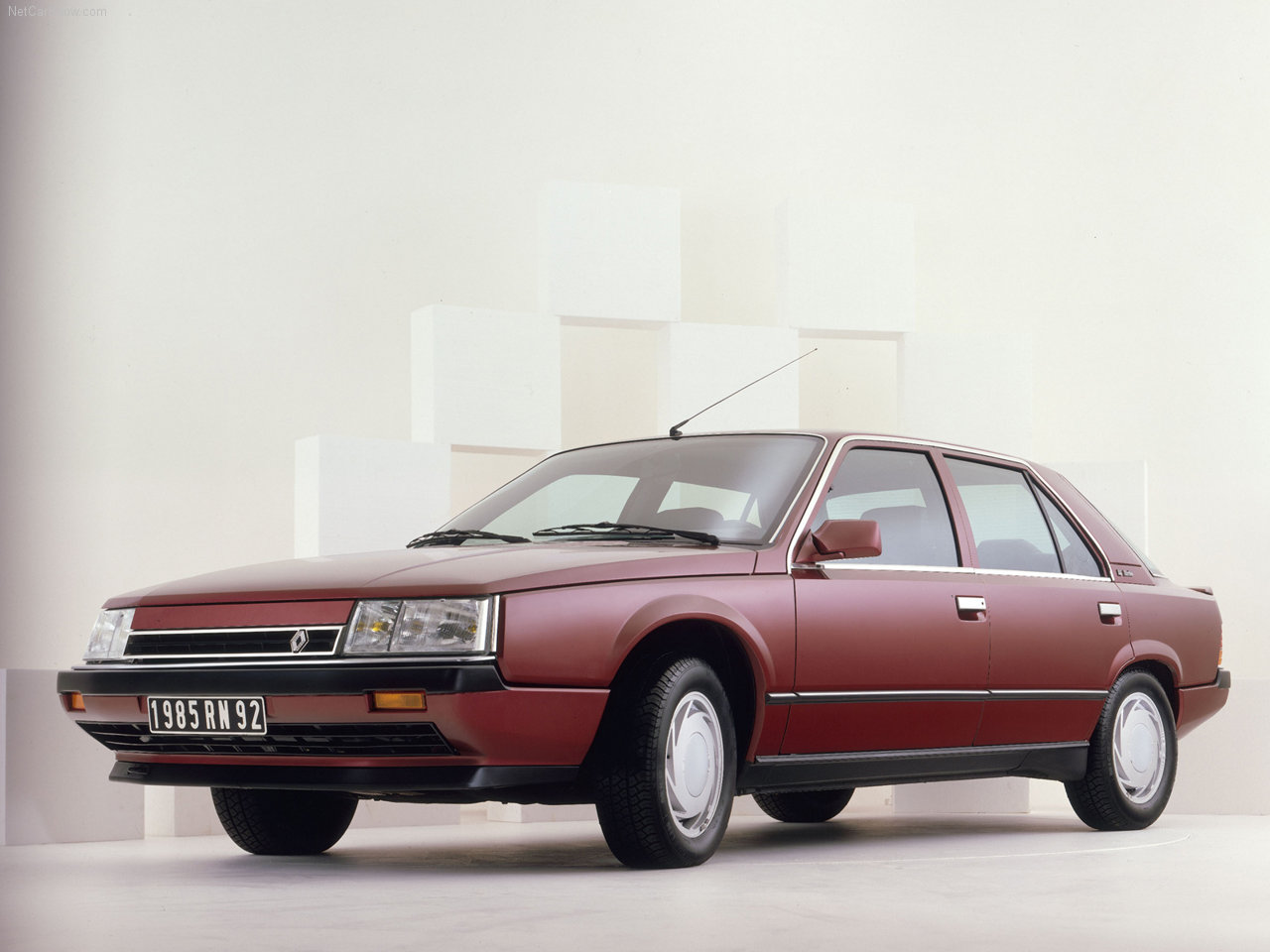
Renault introduced the 25 at the end of 1983 before releasing it for sale the following year. It took over from the Renault 30 and it did so with gusto, demonstrating a huge leap forward in Renault’s approach to building cars. It was clever, too, being a big car but also a hatchback. However, most markets wanted a saloon in this class, so the ingenuity of the 25 was lost on many. It was economical, too, some say the best in its class. The manual transmission versions were lauded for their slick operation, and all Renault 25s were keenly praised for their cosseting, comfortable ride. For all this, the 25 was second place in the 1985 European Car of the Year awards.
The Renault 25 was, then, a very good car. But we didn’t gel with it here in the UK for no other reason than because it wasn’t German. Renault tried to convinces us, it gave the car a facelift and ultimately completely re-branded it as the Safrane, but it was all in vain. We just didn’t buy it, and soon it was a forgotten relic. Shame really.
3) The Ford Consul Classic
Ford’s Consul Classic was an odd little duck. It was positioned a mid-sized car to sit in the middle of Ford’s model range, offering families something a bit bigger than the Anglia, but not as large as the Zephyr and Zodiac. Had the Consul Classic been of its time, it might have been more of a success, but alas, it wasn’t. You see, the Consul Classic was penned in the mid-1950s, but we didn’t actually get it in showrooms until 1961, by which point it was old hat.
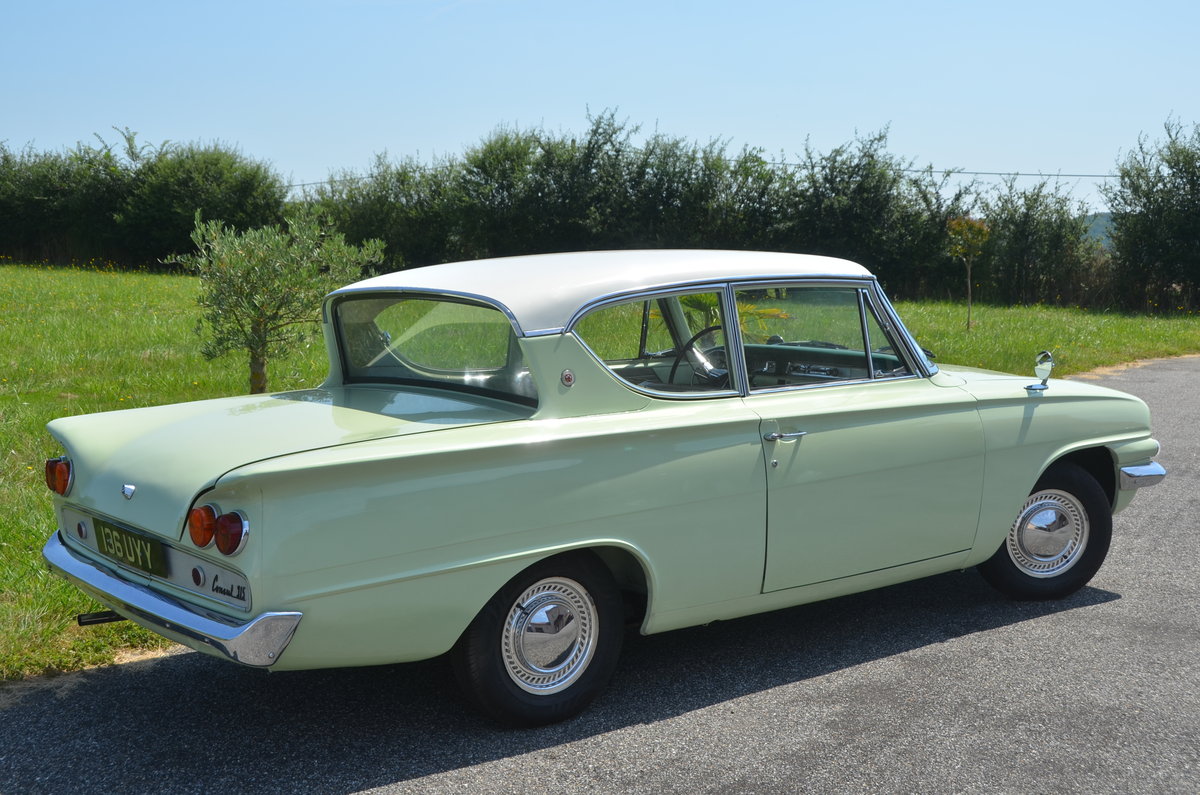
The styling didn’t help matters either. Today we can look at it as a charming, quirky little car, but back when it was new it was just a confused, overly elaborate design. The reverse rake rear window looked odd, the twin headlights were too big, the roof structure didn’t seem to mesh with the design of the lower half. It was a strange car, and we voiced our opinion of it by, well, by not buying it.
The Consul Classic was available as a two-door and four-door, but it’s neither of those models that form the basis of this car’s legacy. Instead, it was the coupe. This was the first car to bear the Capri name, and compared to the saloon, it was a thing of beauty. The coupe lines of the roof worked perfectly with the long rear deck and the fins. Though the bug-eyes headlights remained. Still, the Capri version wasn’t enough to save the Consul Classic range, and as such the whole lot was binned off in favour of an even bigger flop, the 1963 Ford Corsair.
4) The Sunbeam Rapier Fastback
The Sunbeam Rapier Fastback was and still is a stunning car. It’s hard to believe something so captivating to look at could come from the Rootes group. It’s even harder to believe it was based on the workaday Hillman Hunter estate, but here we are. It was an elegant, two-door pillarless coupe with lines grabbed the eye at a glance.
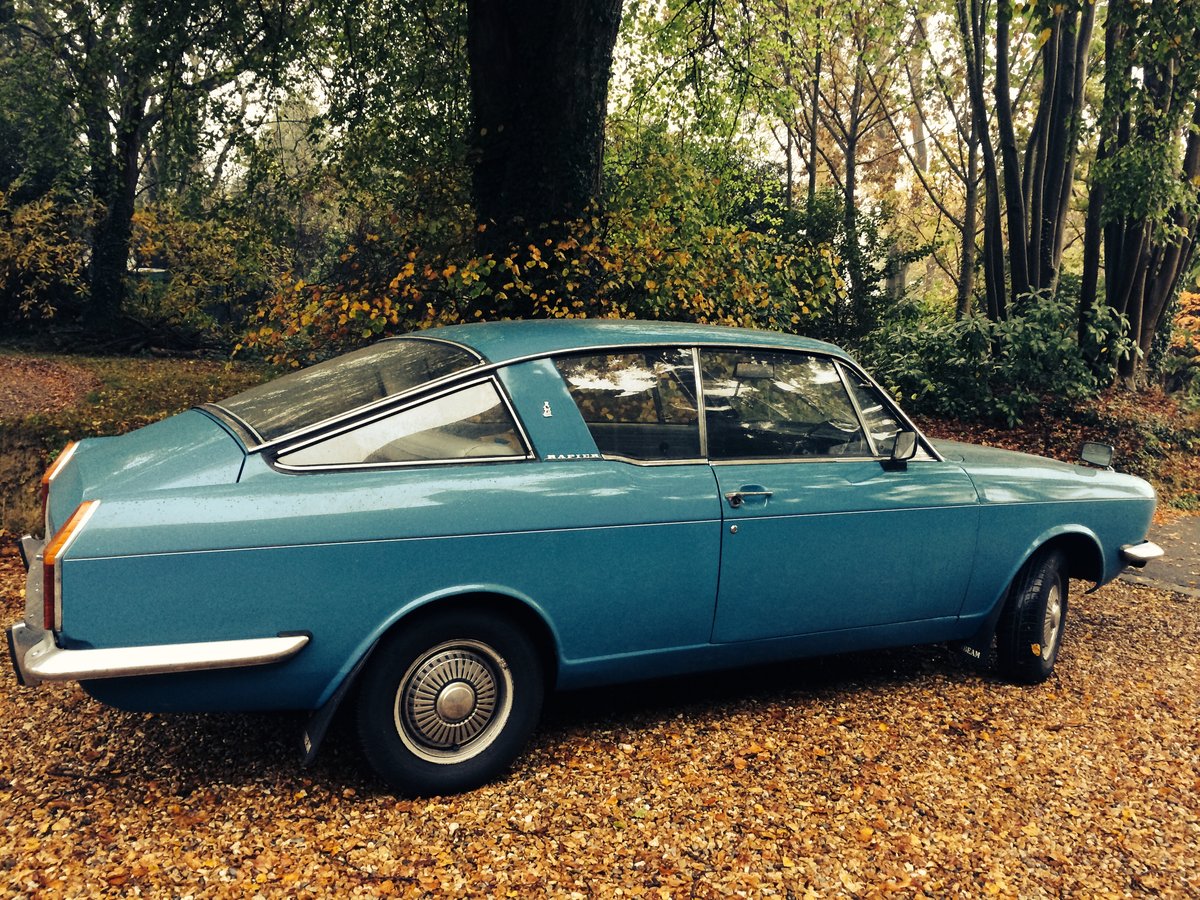
Sadly though, the Rapier didn’t quite have the impact on the market that its predecessors did. Over its production run from ’67 to ’76 just 46,000 were built, which was a small number for such a large company. Poor build quality, terrible rust protection and dubious reliability meant customers were soon walking into the dealerships of Ford and the like. And that’s a real shame. Had the Rootes management spent a bit more on ensuring the Rapier was built right and protected against the elements, the car would have been far more of a success.
It had all the right ingredients. It was gorgeous to look at, it could seat four with ease, it was spritely thanks to the 1,725cc inline-four engine complete with Stromberg carbs, though they were later replaced for twin Weber carbs. It was a fun, reasonably well performing, handsome car. But we just didn’t gel with it, and as such many simply rotted away in scrap yards. Shame.
5) The Audi 100
We’re ending now on something a modern classic, namely the Audi 100. This was a flagship car for the German manufacturer in the ‘80s, but now it’s a relic of the past and one that’s hard to come by. But it’s not rare because we hated it. Quite the opposite in fact, as the 100 performed well both on the roads and in the showroom. It’s just a case of being a car that was replaced by something newer and shinier, and so we forgot about the original.
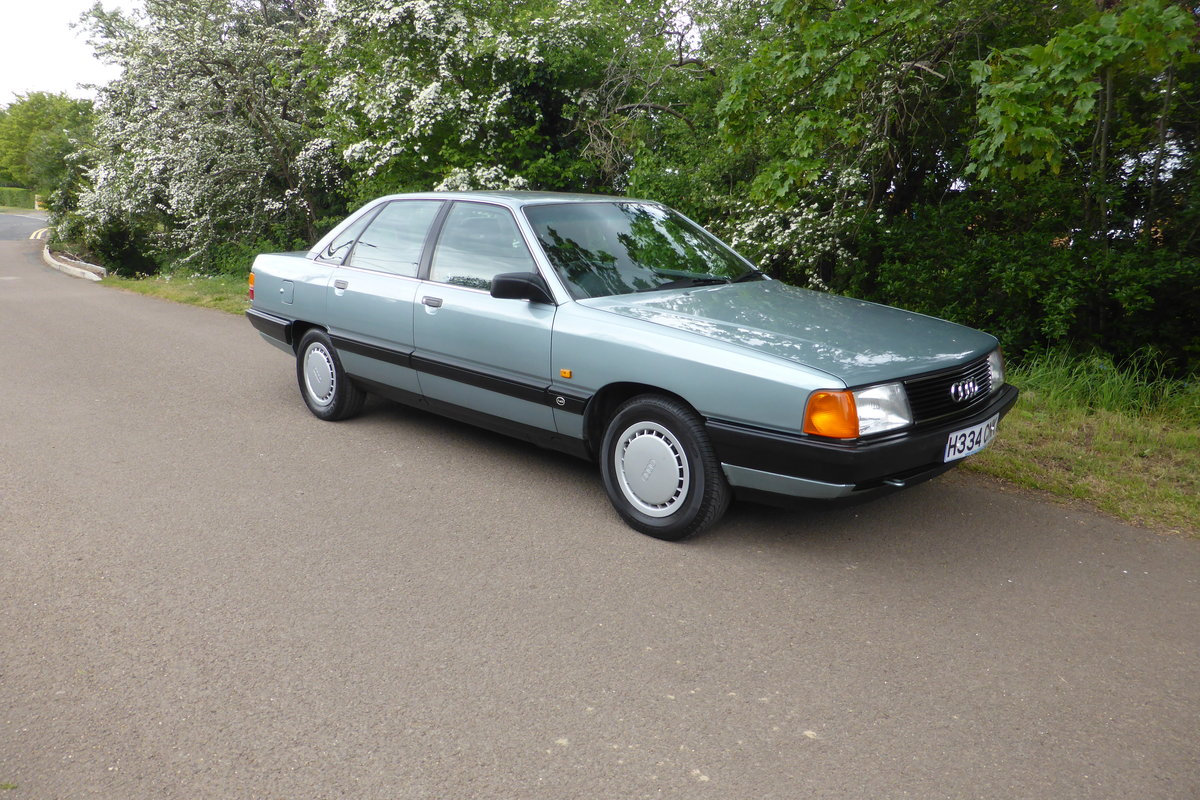
The third generation C3 100 is the car we’re looking at here, as it’s the sort of car you could buy and very easily use every day today. It still feels modern and tight, parts are still readily available, there was an estate version (the Avant – the first time Audi started using that name for its estate cars). It’s the perfect modern classic, but only if you can find one, that is.
So why did they all disappear? Well, it was nothing the car did wrong, that’s for sure. German cars of this era are only just being seen as classic. Prior to this, they were just old cars, ignored in favour of whatever they had been replaced with. The third generation 100 is rare because we let it become rare. But times have changed, and we should now start thinking about saving these impressive German saloons.

